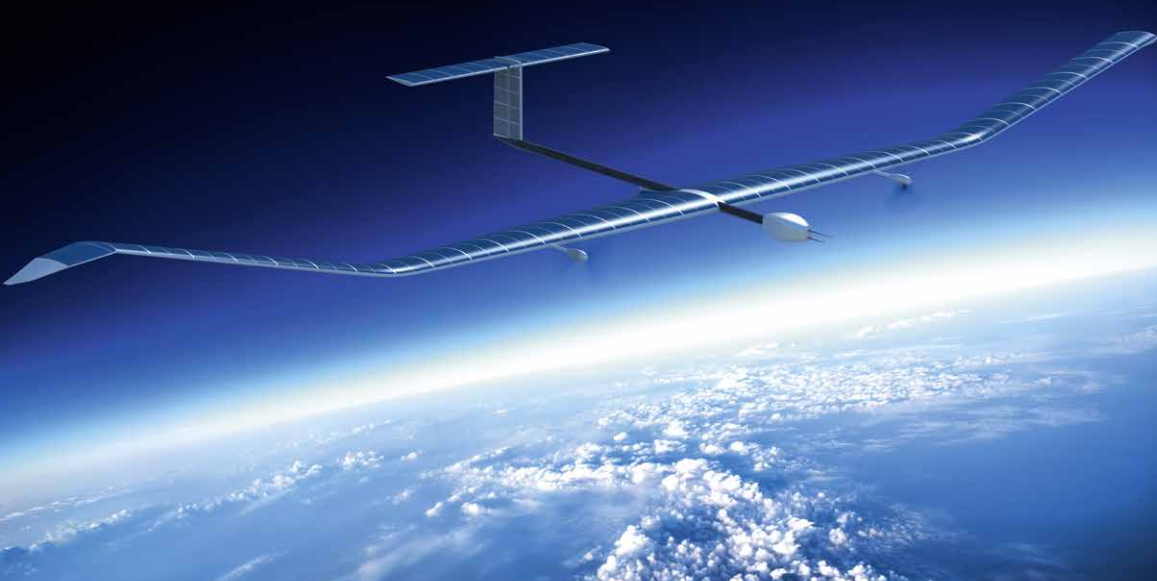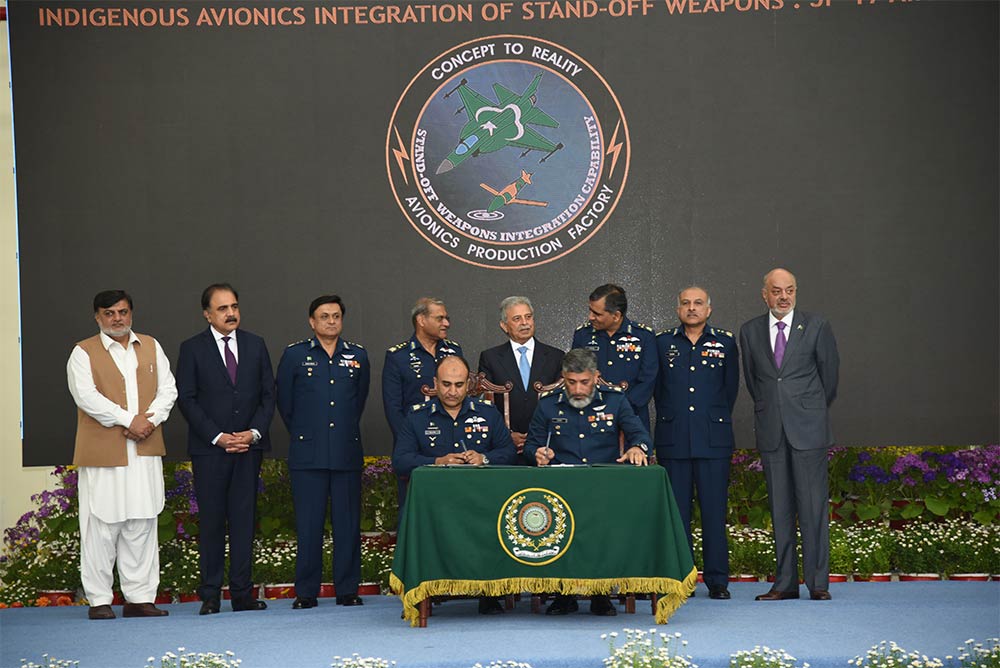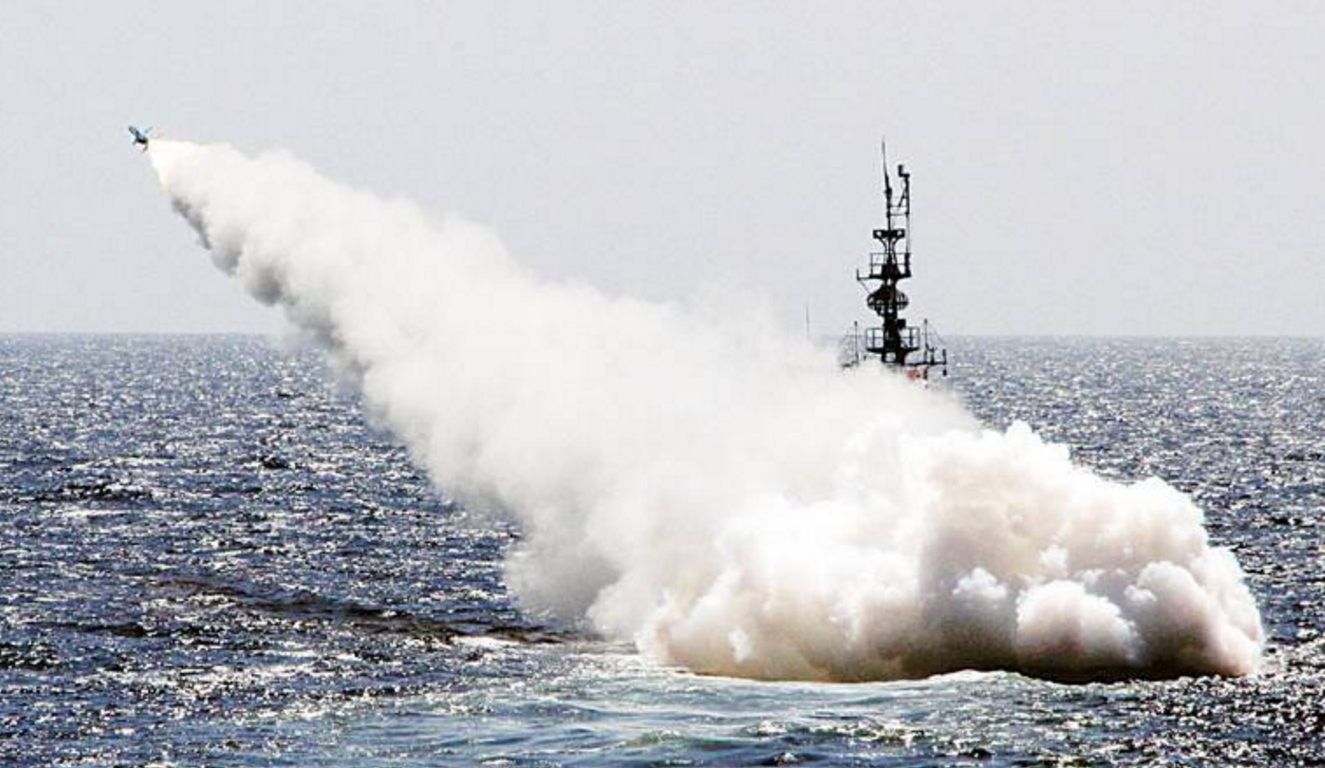2497Views 11Comments

Keep an eye on the Airbus Zephyr UAV/Quasi-Satellite
The Zephyr high-altitude long-endurance (HALE) unmanned aerial vehicle (UAV) is an interesting program. Originally developed by QinetiQ, a defence vendor from Britain, the Zephyr is capable of flying at 65,000 feet for months at a time. It is for this reason that Airbus (which had acquired the Zephyr program from QinetiQ) is seeking to position the Zephyr as a satellite-like system capable of supporting a military’s communications as well as intelligence, reconnaissance and surveillance (ISR) needs in lieu of fixed orbital assets.
The Zephyr “High Altitude Pseudo-Satellite” (HAPS) is being tailored to carry various communications and ISR equipment, such as narrowband radios, electro-optical and infrared (EO/IR) equipment, etc. In turn, the HAPS could fly with its onboard equipment for up to 14 days. The Zephyr will utilize solar energy as a means to power the aircraft, though it is not clear if its panels will also power its onboard equipment. Airbus is aiming to develop future Zephyr variants capable of flying of up to 70,000 feet.
The HAPS is an interesting concept. Most countries do not have readily available access to satellite based communication (SATCOM) and orbital or even high-altitude ISR. In fact, even major powers may not have access to military-grade SATCOM and satellite navigation (SATNAV) assets outside of their native regions.
The HAPS would enable these powers to bring a significant extent of their network-centric warfare capacity to very distant operational theatres, e.g. a South Asian power engaged in peacekeeping in Africa. The HAPS could also serve as a fallback in case one’s satellite assets fail. Others, such as Nigeria, can build relatively credible communications and ISR coverage over their territories and immediate surroundings (albeit not with the HAPS specifically, but a HAPS-like system).
Of course, these systems would be vulnerable to long-range surface-to-air missiles (SAM), but to be fair, long-range SAMs are not very common beyond of the world’s leading military powers. In a number of today’s scenarios, such as counterinsurgency (COIN), long-range SAM coverage would be an irrelevant concern, and as such, make the Zephyr a very attractive long-endurance ISR asset. Imagine the ability to monitor an area non-stop with live video footage for days if not weeks on end.
Airbus is aiming to see in-roads for the HAPS in the 2020s and 2030s. Besides the defence market, the HAPS will be positioned for civilian uses as well, such as remote sensing (among other tasks). Future variants of the Zephyr will be equipped with radars (likely synthetic aperture radar for ground surveillance) as well as electronic support measures (ESM) and electronic intelligence (ELINT) equipment.



11 Comments
by U
This is a very interesting concept, I believe it will be a very usefull, widely available and comparatively cheaper alternative to satellites. Let’s hope China soon comes up with its own such system.
by jigsaww
To Mohsin.
Hi bro. Sorry i just saw your comment on submarine thread. I wanted to reply but time’s up. May be some other time, or if allowed by mods, i can reply here.
Thank you for your thoughts.
by Abdul Rashid
Shame about the time expiry. I was enjoying the debate between you and Mohsin. I had requested for an extension on the submarine thread in a comment to Bilal but not sure if he even had time to read or respond before the 48hr deadline. Not easy to communicate on here when the we could all be in different time zones.
by jigsaww
It’s OK. no problem.
by Syed
Well Billal is on military time,no if and or buts
by Bilal Khan - Quwa
Thread re-opened. Check if you can re-open threads, the option was available to me via the drop down arrow at the top of the Disqus plugin (where the notice about closing the thread is posted).
by jigsaww
I’ve posted a response now.
by jigsaww
Thanks.
by Abdul Rashid
Thanks. Yes, I have just tried test opening a random thread and it allows me do it (closed it again now). Initially I meant I did not wish even try looking for an option to open as we had discussed only moderating the comments . But if you are happy for me to open a thread on a temporary basis in certain circumstances then I will bear that in mind.
by Abdul Rashid
I have just approved your potentially knockout punch rebuttal. It’s now showing on the submarine article.
by Bilal Khan - Quwa
No problem. Use your discretion to open threads you think should be left open (or re-opened) – just keep me posted.